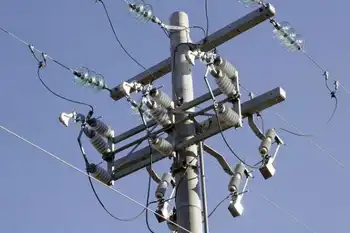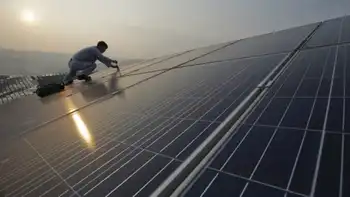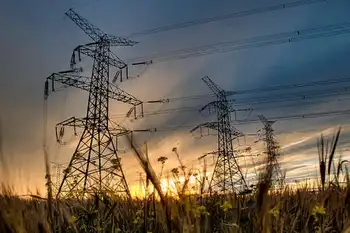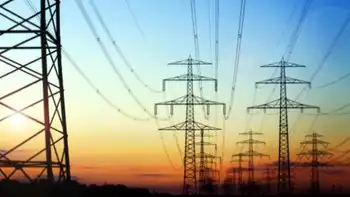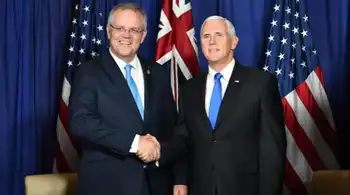National power grid to be expanded by 2018 -- NEPCO
By Jordan Times
Protective Relay Training - Basic
Our customized live online or in‑person group training can be delivered to your staff at your location.

- Live Online
- 12 hours Instructor-led
- Group Training Available
The Green Corridor project will boost the grid's capacity by an additional 1,000 megawatts MW to absorb the loads generated by new renewable energy projects, said Abdel Fattah Daradkeh, director general of the National Electric Power Company NEPCO. The grid's capacity currently stands at 3,600MW.
The state-owned company will start inviting bids in July from prequalified companies to implement the project, Daradkeh told The Jordan Times.
"In October, we will announce the winning bidder for the project, which is a very important cornerstone towards adopting more renewable energy projects in Jordan," said the official.
A committee will be formed to study the bids, he added.
The project will be completed by October 2018, said Daradkeh, adding that renewable energy projects with a capacity of more than 500MW will be connected to the grid by the end of 2018. "Expanding the grid's capacity is the key step to allow for more renewable energy projects and to make Jordan a leader in this area," he added.
In Jordan, the annual daily average of solar irradiance ranges from 5-7 kWh/m2, which is almost twice the ratio in Germany, which by mid-2015 generated 34 per cent of its electricity via renewable energy project. Despite that, renewable energy projects in Jordan contribute 3 to 4 per cent to the national electricity grid and the figure is scheduled to reach 10 per cent by 2020.
Meanwhile, the wind speed in Jordan is around 10 metres per second in some places in the country, which makes it a favourable place for wind farms.
In January, Energy Minister Ibrahim Saif said the project to expand the capacity of the national grid would be established in the southern region.
The Jordan News Agency, Petra, quoted Saif as saying the project is a priority for the sector, and that it would involve building a substation in northern Maan, extending power cables and expanding the Qatraneh and Queen Alia International Airport stations.
The European Investment Bank extended a $72 million loan to finance the Green Corridor project, while the French Development Agency provided a $54.9 million soft loan and NEPCO contributed $12.6 million, in addition to an EU grant of $20.2 million offered under the Neighbourhood Investment Facility, Petra reported.





